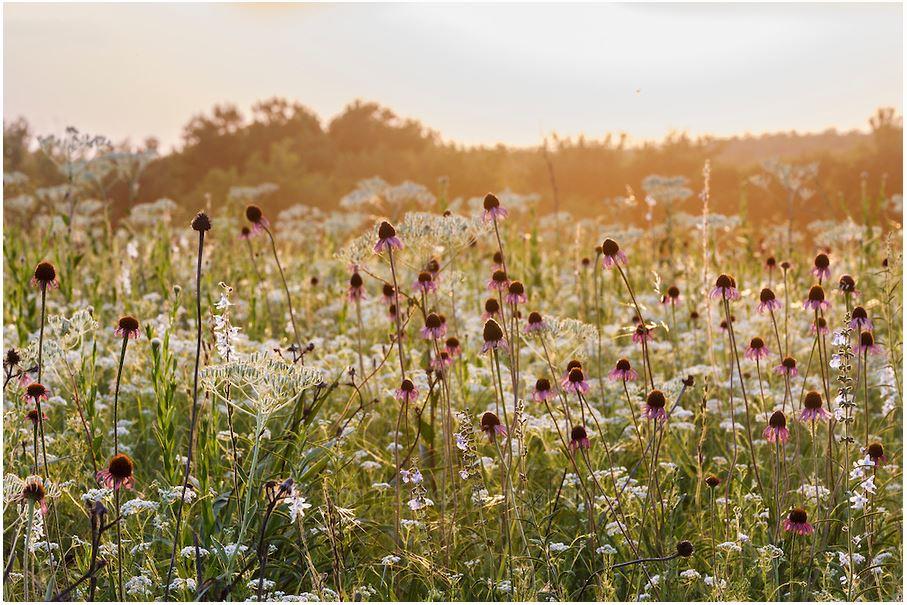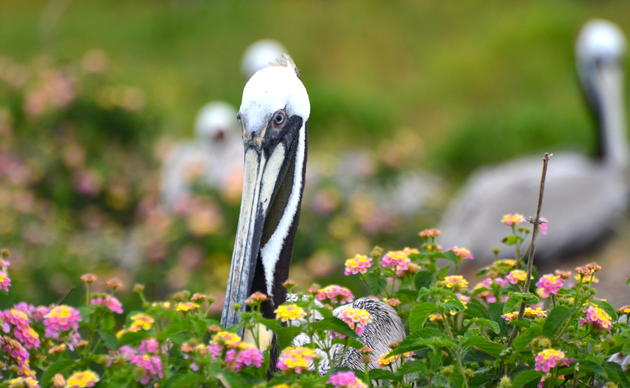Prairie & Grassland Conservation

Of the 262,000 square miles that makeup Texas, 60% constitutes grassland or prairie ecosystems, including the most endangered ecosystem in North America – Blackland Prairie. The vast grasslands of Texas are a part of our heritage, our culture, and our economy. These landscapes are under increasing pressures for development that threaten their integrity as a healthy habitat for birds and other wildlife.
The widespread and ongoing declines of North American bird populations that have affinities for grassland and grass–shrub habitats (hereafter referred to as grassland birds) are on track to become a prominent wildlife conservation crisis of the 21st century. There is no single cause responsible for the declines of grassland birds. Rather, a cumulative set of factors such as afforestation in the eastern United States, fragmentation and replacement of prairie vegetation with a modern agricultural landscape, and large-scale deterioration of western U.S. rangelands are the major causes for these declines.
Agricultural ecosystems cover over 75% of Texas and provide important habitats for many wild plant and animal species. However, rising demand for food and other agricultural products has seen large-scale clearing of natural habitats to make room for intensive monocultures. By fostering the conversion of modern agricultural lands back to healthy, biodiverse, native habitat Audubon is not only sustaining threatened grassland bird species, but benefiting all other grassland wildlife as well as the landowners, who gain a connection to healthier lands and turn higher capital gains on the end product – sustainable, grass-fed beef. This network of grass-fed beef producers provides the opportunity to protect and restore native prairies and grasslands with agricultural practices that are financially lucrative, economically stable, and ecologically sound.
How you can help, right now
Join Audubon Texas Today
Becoming a member supports our local work protecting birds and the places they need.
Consider a Legacy Gift for Texas
Planned gifts and bequests allow you to provide a lasting form of support to Audubon Texas.
Subscribe to Our Newsletter
Subscribe to our newsletter for updates about Audubon Texas's conservation work, and news about our activities and local events.




